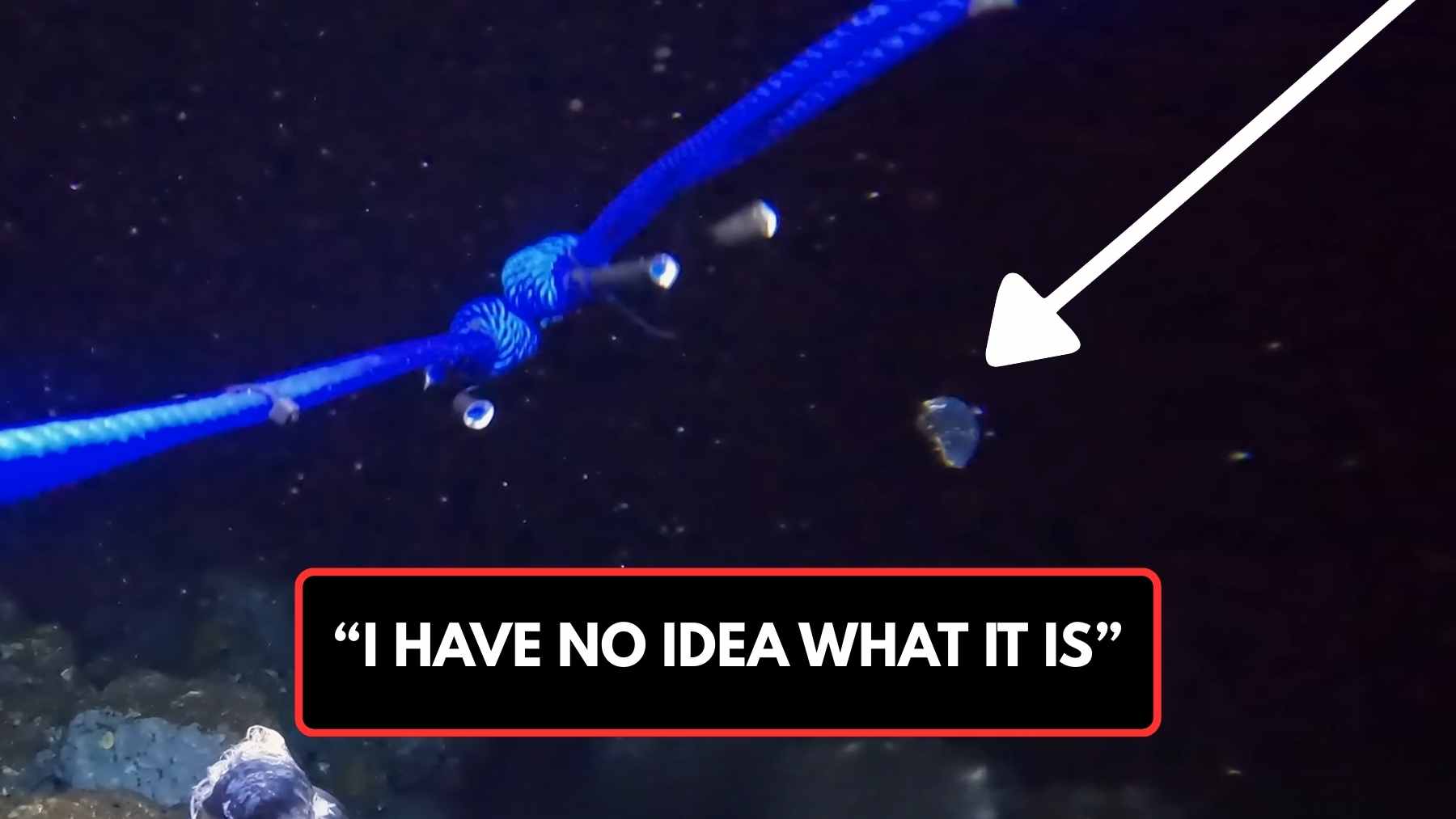Wind turbines have long been criticised for their lack of aesthetic appeal and the threats they pose to the natural world – especially to birds and bats. One family noticed the limitations of the conventional turbine and decided to act. The best part is that these new turbines sing! Could our cities be serenaded by musical wind turbines in the near future? Or is this just a pipe dream?
Inefficient, unattractive and raucous: the wind turbines of today
Critiques of wind power often centre around the wind turbines themselves. Conventional wind turbines are comprised of long blades that spin around an axis at great speed, and at great heights. Most modern turbines are built in this way, with some exceptions (like this magnetic levitation wall of wind turbines).
The long blades of the traditional wind turbine spin at incredible speeds. Birds confused by the rapidity of the blades’ movement and bats disturbed by the loud whirring of great numbers of turbines are often struck down by these turbines as they attempt to fly through wind farms.
Traditional wind turbines are also criticised for lack of aesthetic appeal and their degradation of urban and rural settings. Wind turbines are generally very loud. Their contribution to the noise pollution in an area often dissuades people from investing in this renewable source of energy in their areas.
These turbines are also not as efficient as they could be. As the blades rotate, energy is released as heat. This energy is released into the atmosphere and cannot be channelled into electrical energy. The energy lost by the turbines due to their multitude of moving parts reduces the efficiency of the turbine.
The much-anticipated marriage of art and science
Aziz Khalili and his sons Iman and Puya grew tired of the traditional wind turbine and decided to take action. They designed a new version of the typical turbine called the Seaflute. They submitted the proposal for the Seaflute to the 2018 Land Art Generator design competition for Melbourne.
This design blends engineering with art and sculpture to create a truly impressive machine. The turbine is shaped like a champagne flute and uses Bernoulli’s Effect – the physics principle that allows planes to lift off. Wind flows into the narrow opening of the turbine which creates a vacuum at the back of the module.
This vacuum sucks out interior air which allows more air to rush in to fill the space. The movement of air through this vacuum creates a constant and powerful rush of air from the narrow opening to the back of the module. The wind flows through the “neck” of the turbine which hosts an Electrostatic Ion Generator.
When the air passes through the Electrostatic Ion Generator, a long stream of charged electrons (an electron cloud) moves to the ferromagnetic core of the module. This core uses induction to create a constant electrical current which is then sent to lithium batteries as DC.
Pretty packs a punch: balancing aesthetics with power
This flute design of the Seaflute produces sound much like the pan flute on which the design was modelled. The frequencies produced by the individual turbines are programmable so that just about any melody can be produced. These more compact modules also have a more visually stirring design – like a sculpture.
But the Seaflute is not just attractive. According to Ionics Research + BETTER, the Seaflute has a total annual capacity of 1,200 MWh. That’s enough energy to power 120 Australian homes every year. The power, utility, and beauty of this design make it a real threat to the traditional wind turbine.
The future of wind power is a song
The Khalili’s invention is still undergoing testing, but the original design is for St Kilda Triangle in the City of Port Phillip. If this design is taken up, the drone of traditional wind farms could be replaced by the virtuosic intonation of the Seaflute. If all you want is some peace and quiet though, this immensely powerful silent turbine might be for you.














